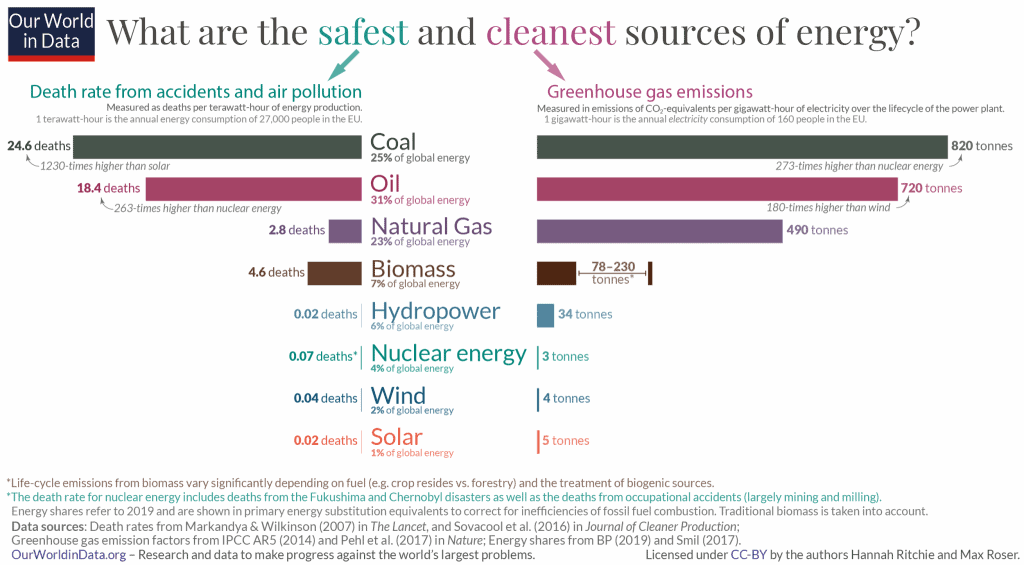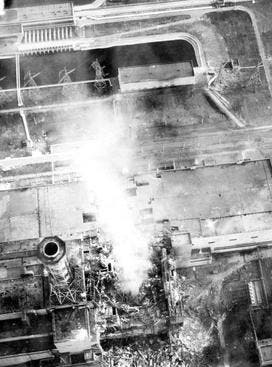On this day 35 years ago, in 1986, an explosion shook Ukraine and the world. It wasn’t your average accident, it was pretty much a worst-case scenario: a nuclear accident at reactor no. 4 in the Chernobyl Nuclear Power Plant. The event forced the abandonment of a city, led to the evacuation of 350,000 people, and changed the way people see nuclear energy forever.
To this day, the Chernobyl disaster remains the worst nuclear accident in history, and one of only two major nuclear accidents in history. Nowadays, the area around Chernobyl has become an unlikely wildlife paradise, but the effects of and questions around Chernobyl still loom.
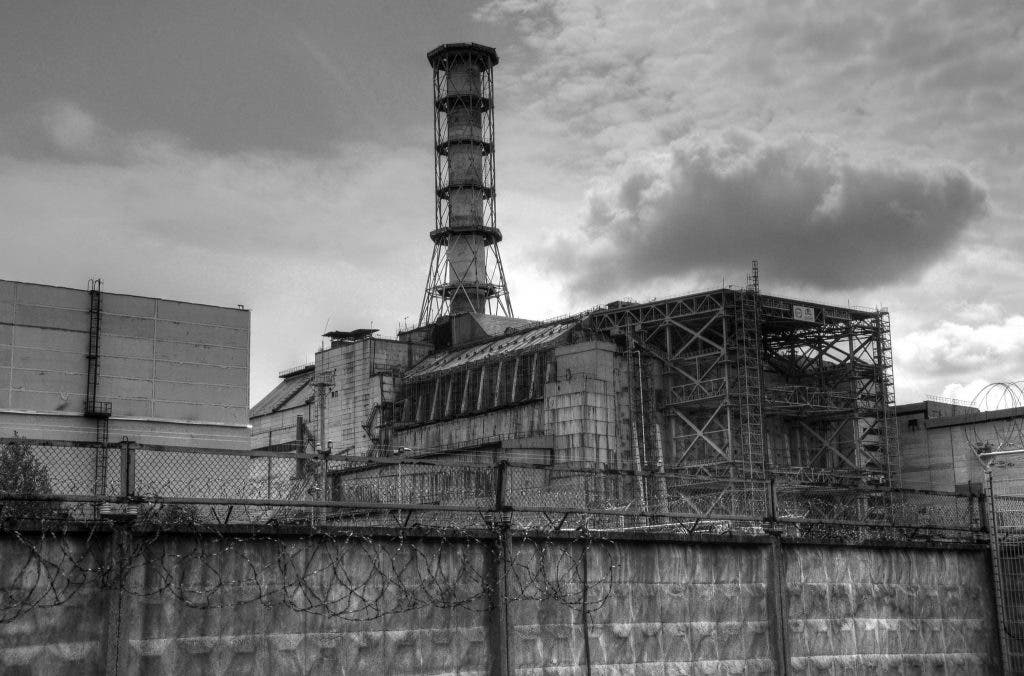
The RBMK reactor
The story of Chernobyl is fraught with mistakes and incompetence, but it starts with something called an RBMK reactor. RBMK (‘reaktor bolshoy moshchnosti kanalny’, Russian for ‘high-power channel reactor’) reactors are a type of graphite nuclear reactor that was only built in the USSR. Other countries considered them too unsafe to operate, especially due to their instability on startup and shut down.
The ill-fated RBMK reactors had an unusual design as they used graphite as a moderator, whereas other nuclear rectors used only water. When the reactor ran low on power, it had problems keeping its temperature down. Because of the Cold War, the USSR did not share technology and expertise with western countries and kept its nuclear project shrouded in secrecy, and thus employed a design that was simply unsafe.

The RMBK reactor is advantageous if you want to produce both plutonium and energy at the same time. But, under certain operating conditions, power levels inside the reactor can increase uncontrollably until the reactor ultimately collapses. The graphite blocks are also flammable at high temperatures, which would prove to be a problem at Chernobyl.
But the USSR was aware of these issues. In the early hours of April 26, 1986, they were actually working on a test to see how the problem could be fixed. That’s when it all went to hell.
The day of the Chernobyl explosion
It wasn’t just that the design was flawed. The events that led to the test marked a chain of errors — after all, no disaster is complete without a good amount of user incompetence.
The Chernobyl nuclear plant lies in the Ukrainian city of Pripyat, close to the Ukraine-Belarus border (although at the time, it was within the USSR). Pripyat had a population of about 50,000 people and was a fairly normal Russian small city. But the Chernobyl test was about to change all that.
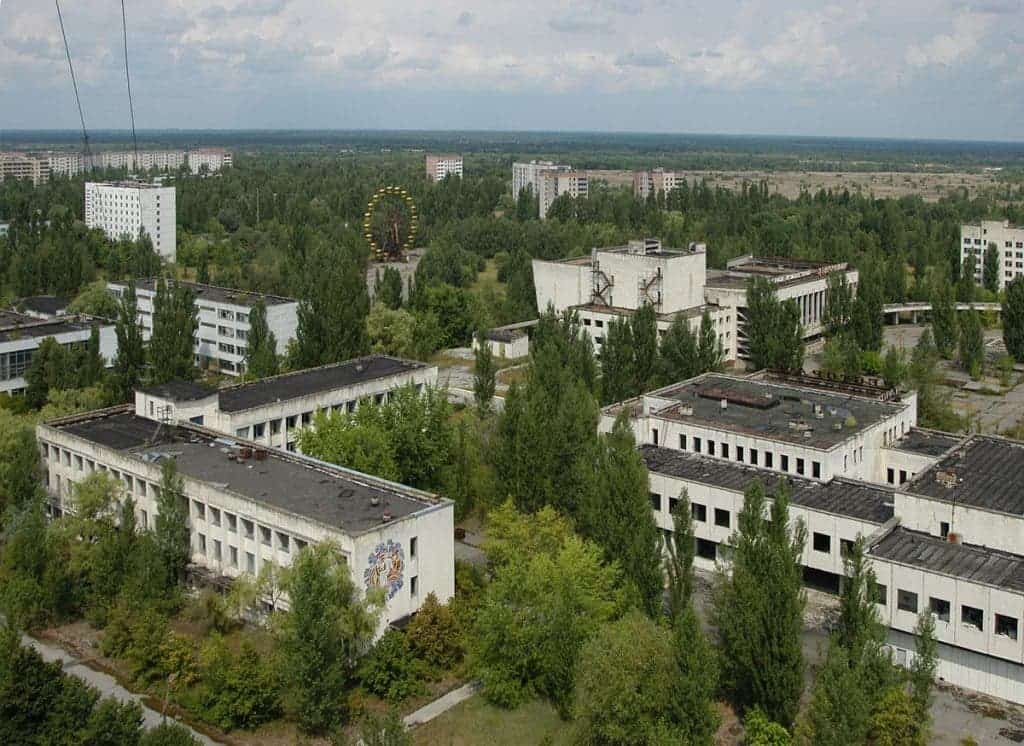
It was meant to be a simulation of an electrical power outage. In the case of such an outage, the reactor would stop passing water through its core for cooling. After 60 seconds, diesel generators would kick in to ensure water, but those 60 seconds were the problem: it was long enough for the reactor to start overheating, which could mean they could explode in the case of a power failure. The test was meant to determine whether the reactor could withstand this long until the emergency systems kicked in.
It wasn’t the first such test: three others like it had been carried out. The previous tests failed to provide a clear answer, and officials were still looking for one when the explosion happened.
The test was initially planned for April 25th, but it was delayed by 10 hours by officials in Kyiv. This meant that the shift changed — and the personnel that eventually ran the test was not trained for it. The instructions for the test were unclear, and the staff was not fully aware of what they should do.
The test itself involved putting the reactor into dangerous territory, and knowing what to do if things don’t go according to plan was essential. An RMBK reactor isn’t like a light bulb, you can’t just switch it on and off. But the new shift was not properly trained and they tried to do just that, restarting it in one go.
They attempted to get the power back to an acceptable level by removing the control rods in the core, but during the 10-hour delay, a few things happened: for starters, the core cooled down somewhat, which meant it didn’t boil water and produce steam. It also accumulated xenon, a type of atom that basically blocks the nuclear fission process.
Normally, the reactor would be powered up within 24 hours, but the plant manager didn’t want to wait. Everything about this process, from the testing to the delay to the untrained shift to the lack of regard for safety protocols was setting the Chernobyl nuclear plant for disaster — and disaster struck.
Despite desperate attempts to shut down the reactor, another power surge caused a chain reaction. Several explosions happened at the plant, and ultimately the nuclear core itself exploded.
The Chernobyl disaster
It wasn’t a nuclear explosion, it was a ‘regular’ explosion, but one that spread radiation far and wide. When firefighters arrived at the scene, two people had already been killed by the explosion and several others were badly injured. They struggled to put out the fires, and the effort required helicopters dumping water and sand on the fire.
In addition to the two people killed by the explosion, another 29 firefighters would be killed in days by acute radiation poisoning — a gruesome and painful fate for those who risked their lives to contain the disaster.
But despite the explosions and the radiation already surging from the plant, no people were evacuated from Pripyat until 36 hours later. The Soviets initially denied the accident, before making a brief announcement two days later. But the world had already realized it was a historic catastrophe.
Sweden had already started reporting high levels of radiation, and several countries followed suit — a nuclear accident isn’t exactly something you can sweep under the rug, as hard as you try. More than the explosion itself, this radiation was the big problem.
For the next nine days, considerable airborne radioactive contamination precipitated onto parts of the USSR and Europe. It’s now estimated by the United Nations Scientific Committee on the Effects of Atomic Radiation that more than 6,000 children and adolescents developed thyroid cancer due to exposure to radiation from the event.
The Soviet Union tried to clean the area with robots, but most of them failed due to the radiation itself, which affected their electronics. Around 90% of the debris was cleaned up by soldiers, some of which went into the exclusion zone several times, although they were originally supposed to only go a single time to limit their exposure to radiation.
Up to 30% of Chernobyl’s uranium content went into the atmosphere, prompting the Soviet Union to evacuate some 350,000 people and establish a 19-mile (30-km) wide exclusion area. To reduce the risk of contamination, Soviet authorities tried to shoot local pets, but some escaped, and their descendants still inhabit the area to this day.
Despite the attempted cover-up and initial gross negligence of the Soviet authorities, the government implemented extensive protection measures over the following years. In particular, to reduce the spread of radioactive contamination, authorities built a giant sarcophagus around the reactor. The initial sarcophagus was further enclosed by another one by 2017. It’s estimated that nuclear clean-up will only be completed in 2065.

Chernobyl now
Fast forward three decades, and Chernobyl has become an unlikely wildlife haven. Radiation levels have dropped substantially (though they still remain dangerous), and Prypiat is a ghost town. The absence of humans, it seems, has spurred nature to reclaim the land.
Plants, mushrooms, and animals can accumulate dangerous levels of radiation, and researchers weren’t sure how nature would cope with the fallout. But they seem to be doing fine.
A nearby forest was almost destroyed by the Chernobyl disaster. The “Red Forest” had almost all its trees killed by the radiation, with the leaves turning red (hence the name). So researchers were shocked when, after installing willife cameras in the area, they found a thriving ecosystem despite the radiation.
Inhabited by over 200 species, including bison, brown bears, lynxes, horses, and countless birds, the Red Forest is now a wildlife hotspot. Even with all the radiation, the lack of human activity was enough to spur a thriving ecosystem — which makes you think just how much our presence is affecting nature around us. This is not to say that the radiation doesn’t have a negative effect, but it’s remarkable just how quickly nature can heal.

European bison, boreal lynx, moose, and brown bear photographed inside Chernobyl Exclusion Zone (Ukraine). Image credits: Proyecto TREE/Sergey Gaschack.
In other news, Chernobyl is once again producing energy — but a different type of energy this time. A Ukrainian-German company has built and opened a solar farm at Chernobyl, a mere hundred meters away from the concrete dome that seals the nuclear power plant’s reactor. Since there’s so much land there and so few ways to use it, the Ukrainian government decided to try and turn Chernobyl into an unlikely energy hub. The area has really good solar coverage and is an excellent spot for renewable energy. For now, the solar plant is producing about a third of what the former nuclear reactor could output. Other similar projects are also planned in the area.
It’s still illegal to live in the exclusion area, but that doesn’t mean no one’s there. A few people have actually moved there, fleeing from war-torn parts of Ukraine. Illegal trips to Prypiat are also organized from time to time, and there are also guards and workers from the solar plant in this area.
Dogs also inhabit the exclusion area — most likely the descendants of the pets that escaped the explosion aftermath, or strays in the area. Their biggest enemy isn’t radiation, but the cold winter and the wild animals. Still, the population of dogs has now grown to around 1,000. Malnourishment is reportedly rampant among them and few make it past 4-5 years of age, although local guards do feed the scraps from time to time. Authorities and veterinarian doctors have embarked on a humanitarian project to spay and neuter most of these dogs, in an attempt to limit their numbers and ensure a healthier, more sustainable community.
Chernobyl aftermath
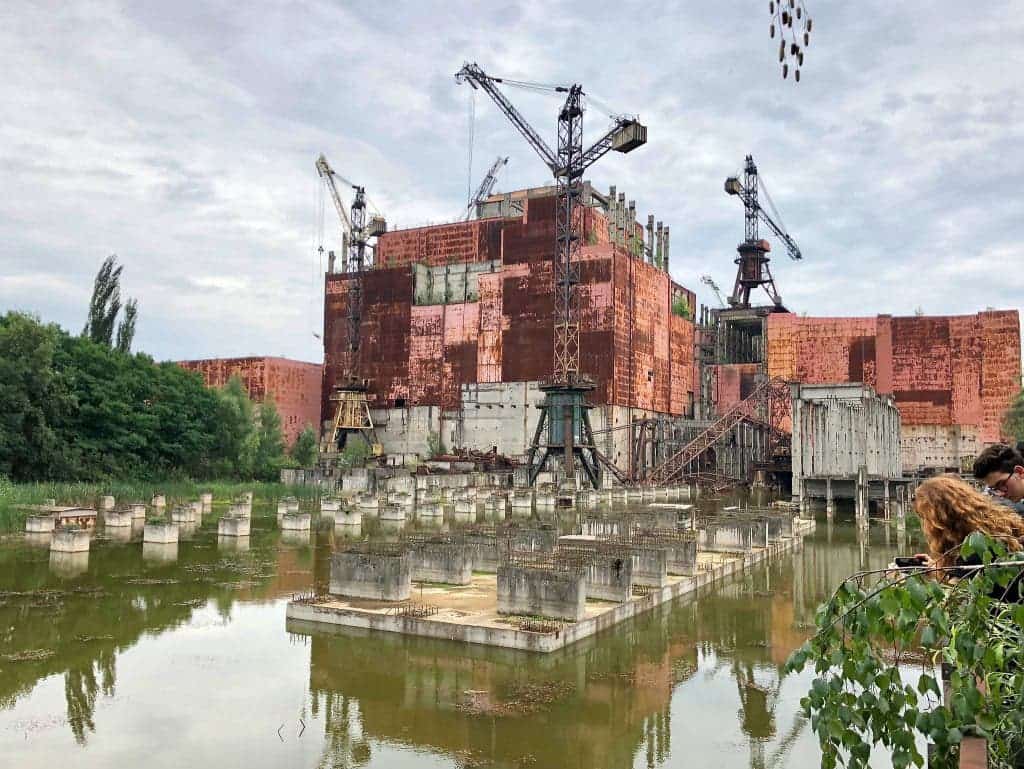
A recent study showed that no Chernobyl radiation was passed to children — but that doesn’t mean that new generations don’t feel the effect. Chernobyl raised already heightened concerns about nuclear energy and the disaster that took place ten years ago at Fukushima made things worse.
Of course, Fukushima happened due to an extremely rare natural disaster, and Chernobyl’s explosion was largely due to a flawed type of reactor. But critics of nuclear energy also pointed out that the inherent reactor dangers were greatly exacerbated by human errors — and human error can always happen.
The accident raised concerns about Soviet safety practices and secrecy. The attempted cover-up was a political disaster that accelerated the Soviet collapse. But the damage had been done in terms of public trust in nuclear energy.
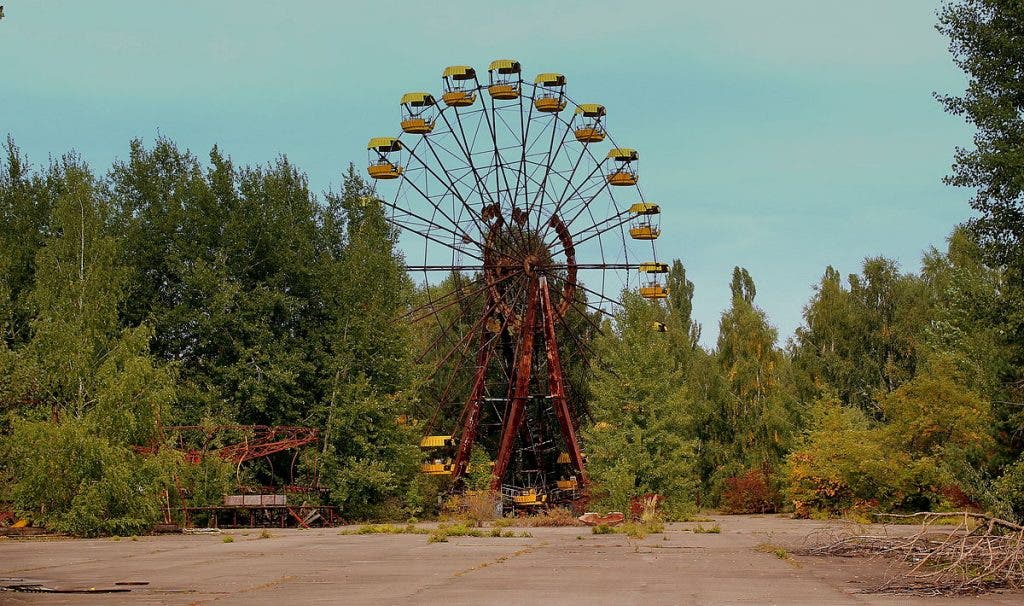
The year after Chernobyl, Italy had a referendum, and as a result of that referendum, the country began phasing out its nuclear plants in 1988. The decision was reversed in 2008, but a subsequent 2011 referendum reiterated Italians’ strong objections to nuclear power.
In Germany, the Chernobyl explosion led to the creation of the anti-nuclear movement in Germany, which culminated in the decision to end the use of nuclear power that was made by the 1998–2005 Schröder government.
Nuclear energy is one of the safest types of energy out there. It’s more than 1,000 times safer than coal, about 400 times safer than natural gas, and just slightly more dangerous than wind and solar energy — but compared to fossil fuels, there’s no debate. The problem is that when nuclear energy harms people, it’s very visible, whereas the damage caused by fossil fuels (often through pollution) is hidden and insidious.
If we want to transition to a sustainable, low-emissions future, it’s likely that we will need nuclear energy. The spectrum of Chernobyl, however, still looms, and many see it as something that could happen again. Although that type of reactor isn’t built anymore, and although the technical capabilities of nuclear reactors nowadays are far superior to Chernobyl, the idea of a new Chernobyl disaster is enough to make nuclear energy a no-go for many.
